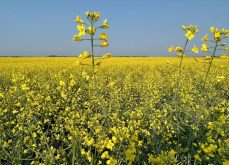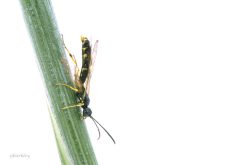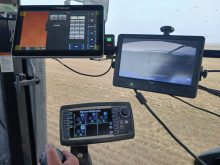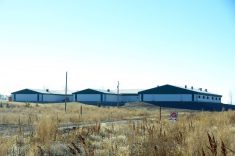WATERSHED FORUM Science forum hosted by the Oldman Watershed Council covered diverse topics and identified new areas of concern
Warmer and drier.
That’s been the climate story for southern Alberta during the last 50 years, says University of Lethbridge geography professor, Stefan Kienzie.
Kienzie presented his analysis of Environment Canada weather data going back to the 1960s at the recent biennial science forum hosted by the Oldman Watershed Council.
The data shows Lethbridge’s annual precipitation has dropped by nearly 20 per cent (from 395 millimetres to 325) and dry spells have become longer. The latter changed only modestly near Lethbridge (an average of 34 days versus 32 in the ’60s) but at the south end of the Eastern Irrigation District, the dry spells were 50 per cent longer (42 days versus 28).
Read Also
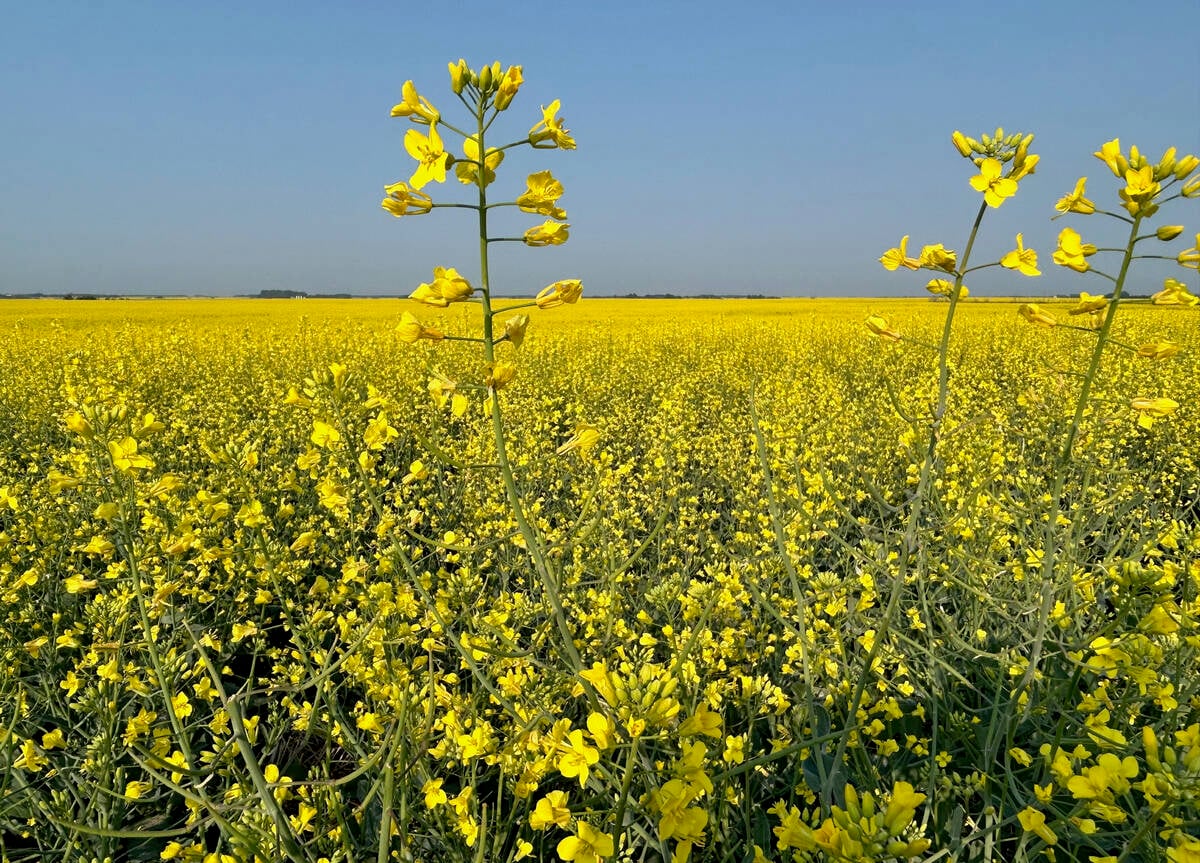
Want more canola bushels? Join a local research network
Joining a local group of farmers who conduct on-farm trials and share data is a great way to boost profitability, say agronomists in Western Canada.
But one of the biggest changes over the last 50 years has been the length of the growing season — an increase of 11 days to 213 days around Lethbridge and more than 20 days longer farther east.
“The melting Arctic Ocean may have a big effect,” said Kienzie. “A warmer Arctic tends to hold the jet streams stationary, so a wet spell lasts longer and so does a dry spell. But none of this is locked in stone. Things can change with changes in sea surface temperatures.”
Other presenters reported on the development of various computer models that use river measurements and weather station information to predict water flows across the whole watershed. They’re also looking at the impact of “extreme events” — storms and drought, which are predicted to be more frequent with a changing climate. During a water quality session, pesticides in city storm drains and in irrigation water were discussed, with 2,4-D and other long-used broadleaf herbicides being the most common in both situations.
Logging changes waterway
Two sessions covered the impact of land use on water quality in creeks and rivers. U of Alberta grad student Kirk Hawthorn looked at two streams in the headwaters of the Oldman River, one in a valley that was extensively logged in the last 60 years and another where the natural forest is untouched. Even though timber removal left a buffer alongside the creek and there has been no disturbance for at least 20 years, the creek has been changed. The water chemistry in the two creeks shows very low P levels, suggesting the creek in the logged valley has recovered, but it has high levels of algae, that grow much more rapidly. Hawthorn has found greatly increased amounts of fine sediment carried into the creek by erosion after logging. Phosphorus bonded to these sediments is gradually released into the creek as bioavailable P, which shifts the ecosystem to produce more algae and micro-organisms.
Another grad student, Preston Lennox of the U of L, found an artificial channel that carries the Crowsnest River through and between the small towns of Crowsnest Pass discourages some stages of some fish from moving upriver to underused habitat. Opening up the old, natural river channels might give fish an alternative route to the mountain creeks.
Greg Chernoff of the Mistakis Institute at the U of Calgary, discussed a mapping system the group has developed for the MD of Ranchlands, which covers a large portion of the eastern slopes southwest of Calgary. The community identified things about the special area that they valued and identified areas that contributed to those things — for example, habitat for special species, or particularly scenic views. The many layered maps Mistakis developed have given decision makers in the municipal district a valuable tool when dealing with development proposals.


